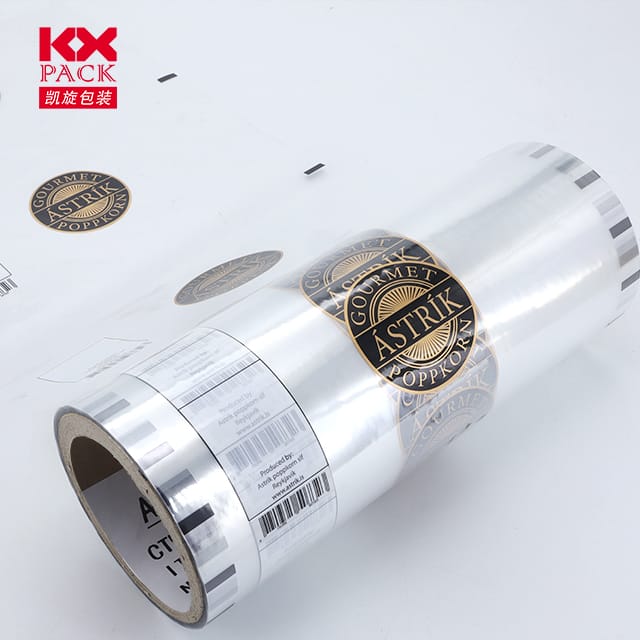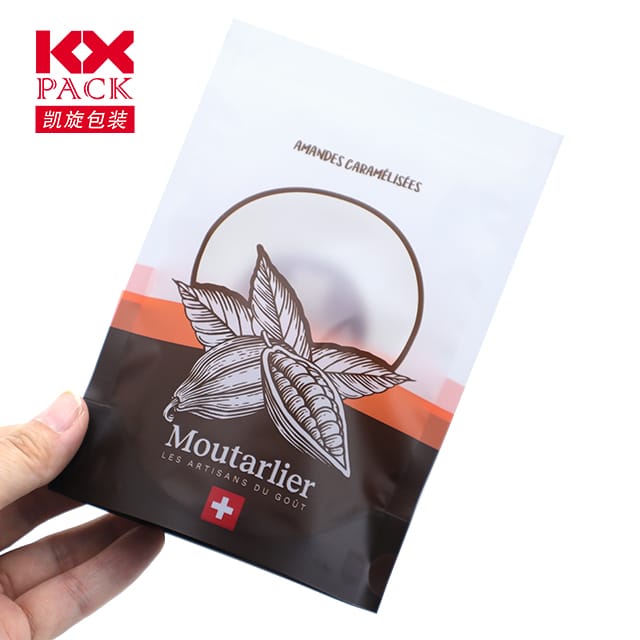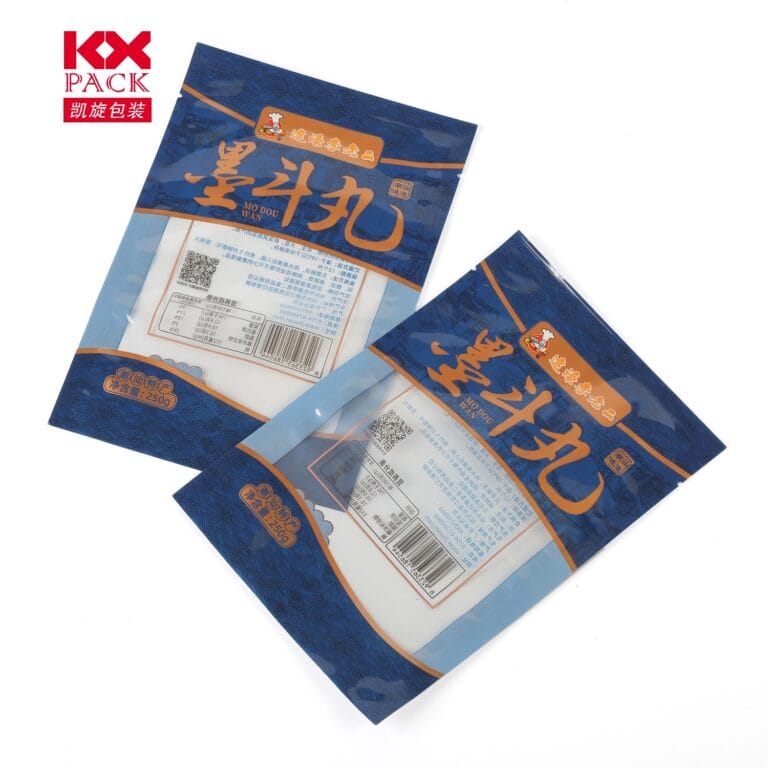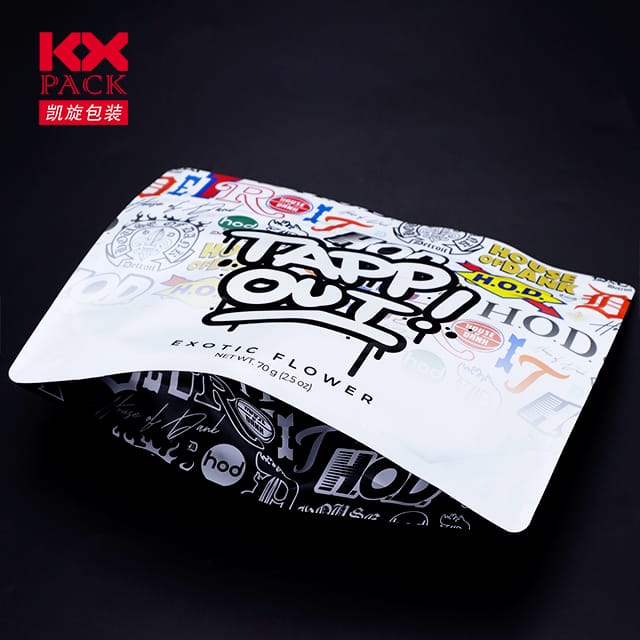Phim cuộn bao bì in: Sự phát triển của cách kể chuyện sản phẩm và tính bền vững trong 2025
Phim cuộn bao bì in
In an era where consumer attention spans are shrinking and environmental consciousness is rising, printed packaging roll film has emerged as a game-changer for brands across industries. Từ thực phẩm và mỹ phẩm đến dược phẩm và hàng công nghiệp, giải pháp đóng gói linh hoạt này đang xác định lại cách trình bày sản phẩm, được bảo vệ, và nhận thấy. Hãy cùng khám phá xu hướng, sự đổi mới, and strategic advantages driving its adoption in 2025.
1. Why Printed Packaging Roll Film? The Core Benefits
Một. Versatility in Design & Chức năng
Phim cuộn bao bì in are engineered to adapt to diverse product shapes and sizes. Whether forming pouches for coffee beans, sealing fresh produce, or wrapping pharmaceuticals, these films combine durability with customization. Brands can leverage high-resolution graphics, matte finishes, or even tactile textures to create shelf-ready packaging that stands out. Ví dụ, CNG’s matte film roll, compliant with How2Recycle guidelines, demonstrates how aesthetics can align with sustainability.
b. Cost-Effective Flexibility
Low minimum print volumes and advanced form-fill-seal (FFS) machinery enable brands to launch seasonal campaigns, private labels, or limited editions without hefty upfront costs. A coffee brand, Ví dụ, can switch packaging designs quarterly by adjusting roll width and cut-off lengths, ensuring freshness in both product and branding.
c. Thời hạn sử dụng kéo dài & Sự an toàn
Technological advancements in multilayer films and active coatings (VÍ DỤ., kháng khuẩn, oxygen-scavenging) now allow printed roll films to double as protective barriers. CJ Biomaterials’ PHA-based coatings, ví dụ, offer compostable solutions that prevent microbial growth, extending the shelf life of perishables while appealing to eco-conscious consumers.
2. 2025 Trends Shaping the Industry
Một. Sustainability as a Non-Negotiable
The bioplastic segment is growing at a CAGR of 5%, driven by regulations and consumer demand. Brands are transitioning to films made from 30% post-consumer recycled (PCR) plastic or compostable materials like PHA. Design Polymerics’ shift from white to black pails with PCR content exemplifies how even ancillary packaging components are evolving.
b. Bao bì thông minh & Interactivity
Embedded QR codes, Thẻ NFC, or temperature-sensitive inks are turning printed films into interactive storytelling tools. A skincare brand, Ví dụ, could use a scannable film to share ingredient sourcing stories or usage tutorials, deepening customer engagement.
c. Regional Market Dynamics
- Châu Á - Thái Bình Dương: Dominates due to its vast consumer base and industrial growth. Brands here prioritize cost-efficient, high-volume roll films for snacks and beverages.
- Bắc Mỹ: Leads in innovation, with brands investing in premium finishes (VÍ DỤ., holographic prints) and recyclable structures to meet stringent sustainability standards.
3. Key Considerations for Brands
Một. Lựa chọn vật liệu & Performance
Choosing the right Phim cuộn bao bì in structure is critical. A multilayer film with a PET/PE/EVOH composition might be ideal for oxygen-sensitive products, while a monolithic PHA film suits compostable snack packaging. Partnering with suppliers who offer material testing and dieline templates ensures compatibility with FFS machines.
b. Printing Precision & Color Consistency
High-definition gravure or digital printing techniques now support up to 11-color designs, but brands must account for ink adhesion on recycled content. Sollex’s specialized blades, tailored for abrasive multilayer films, highlight the importance of selecting cutting tools that prevent defects during conversion.
c. Tuân thủ quy định
With global regulations on recyclability (VÍ DỤ., EU’s Single-Use Plastics Directive) and food safety (FDA/EFSA), brands must verify that their printed films meet standards for direct food contact and recyclability claims.
4. The Future: Beyond Packaging
Phim cuộn bao bì in are evolving into brand ambassadors. Imagine a film that changes color when a product expires or a pouch that releases a fragrance when opened. Innovations like these, combined with AI-driven design tools, will enable hyper-personalized packaging at scale.
Phần kết luận
TRONG 2025, printed packaging roll film is no longer just a protective layer—it’s a strategic asset. Brands that harness its flexibility, bền vững, and technological potential will not only reduce costs but also forge deeper connections with consumers. As the packaging films market grows at 5% CAGR, the question isn’t whether to adopt printed roll films, but how creatively you can leverage them to tell your brand’s story.
Sẵn sàng biến đổi bao bì của bạn? Start by auditing your current materials, exploring bioplastic alternatives, and experimenting with interactive designs. The roll film revolution is here—and it’s printed in full color.
Nguồn: Industry reports, PennPac insights, Và 2025 market analyses.







